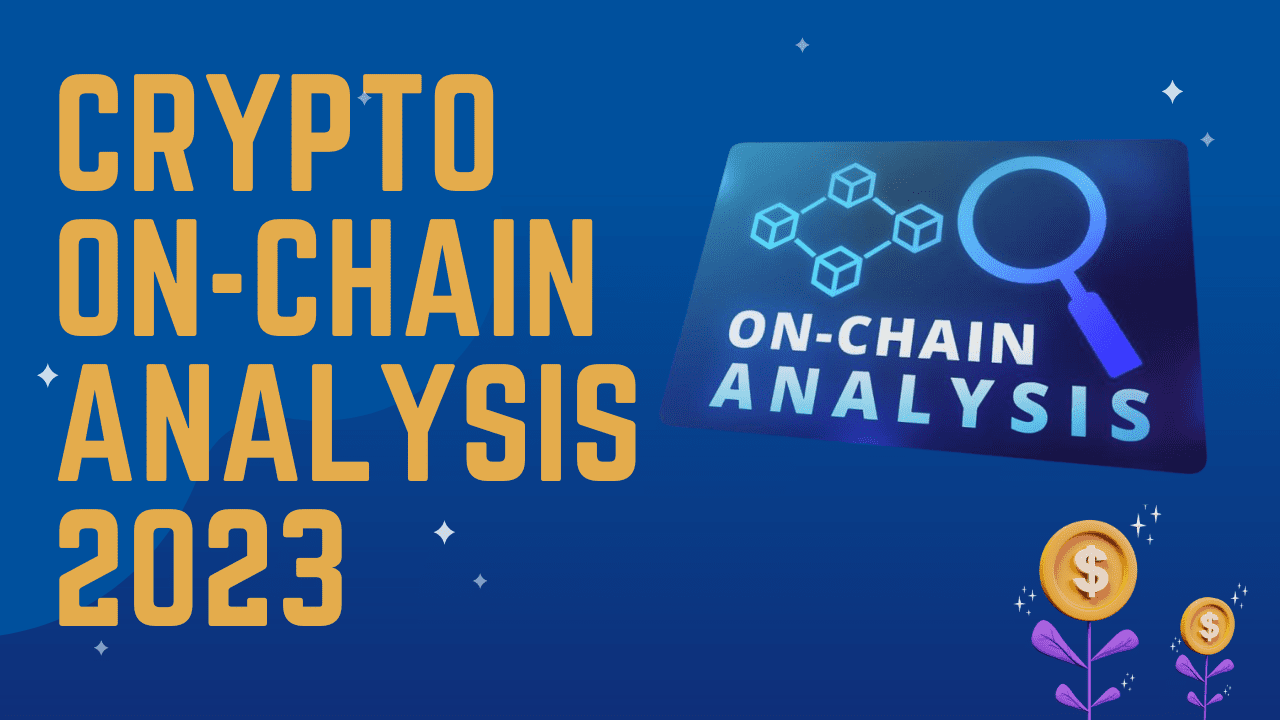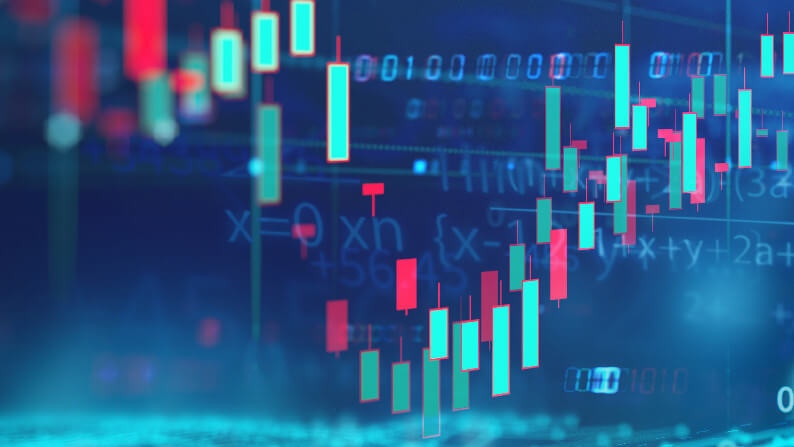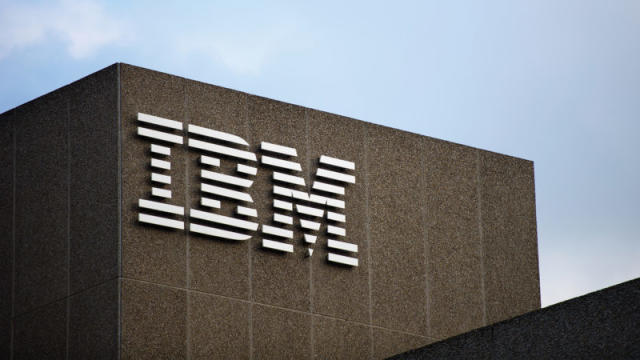How on-chain data can make you a better trader
This data can be used to track and analyze cryptocurrency transactions, as well as other activity on-chain data can make you a better trader

On-chain data is data that is stored on a blockchain. This data can be used to track and analyze cryptocurrency transactions, as well as other activity on the blockchain. On-chain data can be a valuable tool for cryptocurrency traders, as it can provide insights into market sentiment, liquidity, and other factors that can affect the price of cryptocurrencies.
How to use on-chain data for trading
There are a number of ways that cryptocurrency traders can use on-chain data. Here are a few examples:
- Identifying market sentiment: On-chain data can be used to identify market sentiment, such as whether traders are bullish or bearish on a particular cryptocurrency. For example, traders can look at the number of active addresses on a blockchain, as well as the volume of transactions, to get a sense of how much interest there is in a particular cryptocurrency.
- Analyzing liquidity: On-chain data can be used to analyze liquidity, which is the amount of cryptocurrency that is available for trading. This is important information for traders, as it can help them to avoid getting stuck in a trade that they can't exit. For example, traders can look at the order book on a cryptocurrency exchange to see how much buy and sell orders there are at different prices.
- Identifying whale activity: On-chain data can be used to identify whale activity, which is the activity of large cryptocurrency holders. Whale activity can have a significant impact on the market, so it is important for traders to be aware of it. For example, traders can use on-chain data to track the movement of large amounts of cryptocurrency between wallets.
Examples of how on-chain data has been used to successfully trade cryptocurrencies
Here are a few examples of how on-chain data has been used to successfully trade cryptocurrencies:
- In 2021, a trader made over $1 million by using on-chain data to identify a whale who was accumulating Bitcoin. The trader used this information to buy Bitcoin before the whale, and then sold it once the whale started to sell.
- In 2022, a hedge fund used on-chain data to identify a cryptocurrency that was about to be listed on a major exchange. The hedge fund bought the cryptocurrency before it was listed, and then sold it once it was listed for a significant profit.
- In 2023, a group of traders used on-chain data to identify a cryptocurrency that was about to be pumped by a group of influencers. The traders bought the cryptocurrency before the pump, and then sold it during the pump for a significant profit.
How to get started with on-chain data
There are a number of different ways to get started with on-chain data. Here are a few options:
- Use a blockchain explorer: A blockchain explorer is a website or tool that allows you to view and analyze blockchain data. Some popular blockchain explorers include Etherscan and Blockchair.
- Use a blockchain analytics tool: A blockchain analytics tool is a more specialized tool that allows you to perform more complex analysis of blockchain data. Some popular blockchain analytics tools include Glassnode and CryptoQuant.
- Hire a blockchain analyst: If you are not comfortable using blockchain data yourself, you can hire a blockchain analyst to help you. There are a number of companies that offer blockchain analyst services.
On-chain data can be a valuable tool for cryptocurrency traders. It can provide insights into market sentiment, liquidity, whale activity, and other factors that can affect the price of cryptocurrencies. Traders who can effectively use on-chain data are more likely to make successful trades.
Additional tips for using on-chain data for trading
Here are a few additional tips for using on-chain data for trading:
- Use multiple on-chain data points: Don't rely on just one on-chain data point to make a trading decision. Use multiple data points to get a more complete picture of the market.
- Combine on-chain data with other forms of analysis: On-chain data is just one tool that you can use for trading. Combine on-chain data with other forms of analysis, such as technical analysis and fundamental analysis, to make more informed trading decisions.
What's Your Reaction?
















